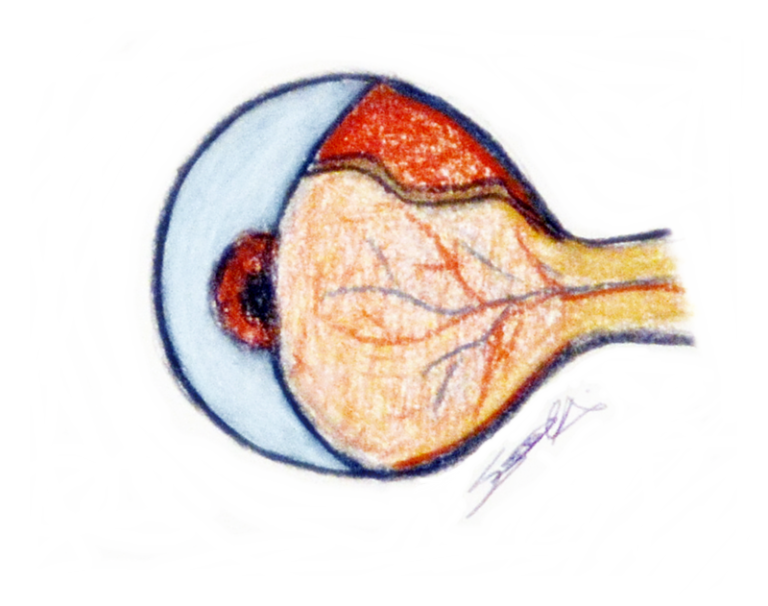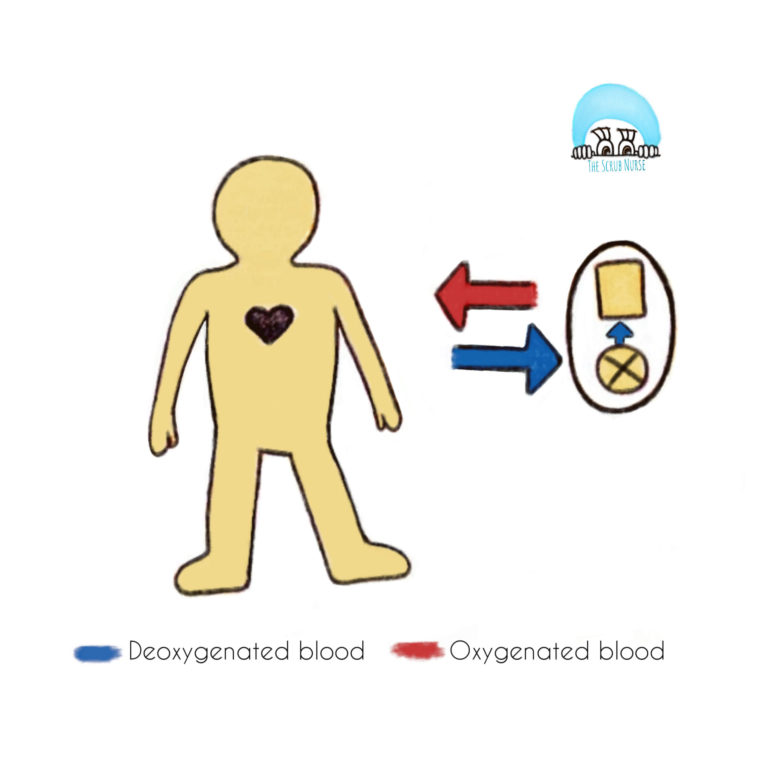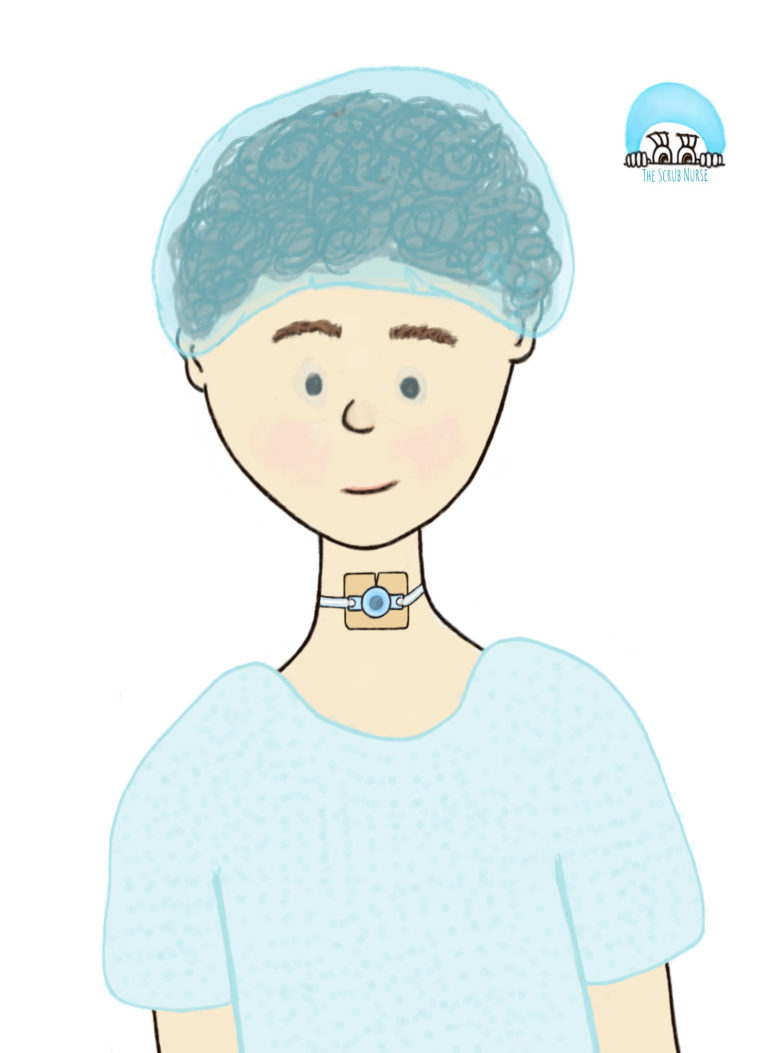What is Bone Marrow? It is the soft, spongy tissue that fills the hollow spaces of the interior of the bones, where blood is produced.
There are 2 types of bone marrow:
- Red-colored: it consists of mainly hematopoietic tissue – a delicate, highly vascular fibrous tissue containing stem cells that can produce the blood components:
- red blood cells – which carry oxygen and nutrients throughout the body;
- white blood cells – which fight infection;
- platelets – which are responsible for maintaining hemostasis.
- Yellow-colored: it consists of mainly fatty tissue, containing the mesenchymal or stromal stem cells responsible for fat, cartilage and bone production.
Please note: Stem cells are primitive cells which means unspecialized cells capable of renewing themselves through cell division and able to grow into various types of cells.

At birth all human marrow is red, as the need for new blood formation is high. Thereafter, fat tissue gradually replaces some of the red marrow into yellow marrow, but both types of bone marrow are highly vascular, with numerous blood vessels and capillaries.
The figures below show the Bone Marrow Progression of a femur since born until adulthood and the replacement of red to yellow bone marrow.


Who needs a Bone Marrow Transplant?
During a lifetime, bone marrow can get damaged and a Bone Marrow Transplant may be required. They are performed when a person’s marrow is not function properly due to chronic infections, disease, or cancer treatments (such chemotherapy). Here are some conditions that lead to bone marrow transplantation:
- aplastic anemia,
- cancers that affect the marrow, such as leukemia, lymphoma, and multiple myeloma,
- damaged bone marrow due to chemotherapy,
- congenital neutropenia,
- sickle cell anemia,
- thalassemia.
The process of bone marrow transplantation envolves the folllowing:
- Taking stem cells – by Bone Marrow Haversting (from the bone marrow) or by Apheresis (from the peripheral circulating system);
- Filtering the stem cells,
- Giving the stem cells to patient – Bone Marrow Transplant.
Bone Marrow Harvest:
It is a medical procedure in which stem cells from the bone marrow are collected for future transplantation. The stem cells may be harvested from the patient’s own bone marrow or from a donor.
But if the bone marrow is harvested from the own patient, this procedure must be performed before starting chemotherapy or radiation treatments; and the stem cells must be stored until they are needed for transplantation.
👉Bone Marrow Harvest – The surgical procedure:
During a bone marrow harvest, a small portion of bone marrow is collected to use for transplantation. The surgical steps using a posterior approach are described below:
- Procedure performed under General Anaesthesia;
- Patient positioned in prone position;
- Jamshidi needle is introduced into the marrow cavity of the hipbones to aspirate bone marrow (this bones are rich in red bone marrow containing the stem cells responsible for blood production);
- Several small aspirations are performed in order to obtain richer Bone Marrow;
- The scrub nurse transfer the bone marrow from the syringes to a collection blood bag*;
- At the end a dressing is placed over the needle marks to protect skin.


* To see instructions of BioAccess bag click here.
Apheresis:
It is another medical procedure to collect stem cells. In this case, the components of blood (red cells, white cells, and plasma) are separated into layers using a machine called a Cell Separator. The donor or the patient himself is connected to the machine via a intravenous line and blood is taken from the patient to go through a separation process. The stem cells are separated and taken from the patient’s blood but the remaining blood is returned back to the patient. Several sessions may be needed to collect the required amount of stem cells.
Bone Marrow Transplant:
After harvesting the stem cells, either by Bone Marrow Harvesting or Apheresis, the sick patient is submitted to a medical procedure to replace the damaged bone marrow. The stem cells are infused by intravenous access and those cells travel until the patient’s bone marrow to initiate cell production, promoting the growth of new marrow.
Types of Bone Marrow Transplant:
Bone Marrow Transplants may be classified upon whom the bone marrow was taking from (or harvested from). Therefore, there are:
- Autologous Transplant: when the patient have is own bone marrow harvested and cryopreserved for future use;
- Allogeneic Transplant: when the donor shares the same genetic type as the patient; which means that stem cells are taken from a genetically matched donor, usually a brother or sister. Other allogeneic transplants may be called as following:
- Syngeneic: when the donor is an identical twin;
- Unrelated: when an unrelated person donnates their genetically matched marrow, through the donor registry process.
- Umbilical cord blood transplant: when the stem cells are taken from an umbilical cord immediately after an infant is born; after then, they are frozen until they are needed for a transplant.

References:
emedicine.medscape.com
my.clevelandclinic.org
mskcc.org
healthline.com
hopkinsmedicine.org
leukemiabmtprogram.org





Thank you – very informative and just what I needed to consolidate what I saw today.
Hi “you know who :)”, Thank you so much for your commment. P.S: I am not sure if I know who you are. I’ll double check next week 😀 Have a lovely weekend. Sofia